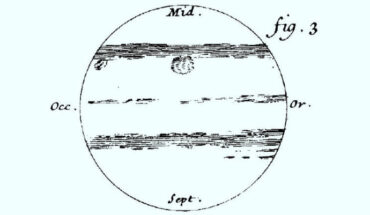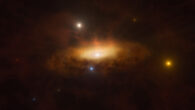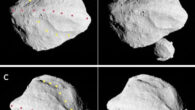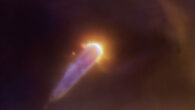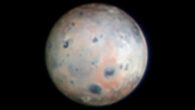Jupiter’s Great Red Spot is probably the best known atmospheric feature and a popular icon among solar system objects. Its large oval shape, contrasted red color and longevity, have made it an easily visible target for small telescopes. From historical measurements of size and motions, new research led by University of the Basque Country scientists shows that most likely the current Great Red Spot was first reported in 1831 and is not the Permanent...

